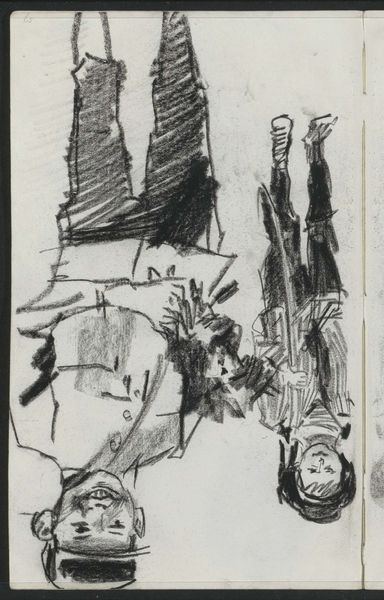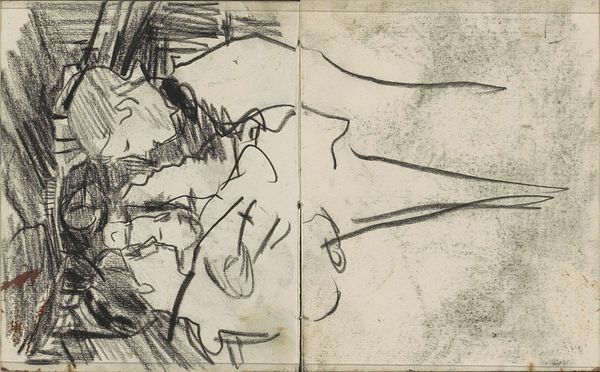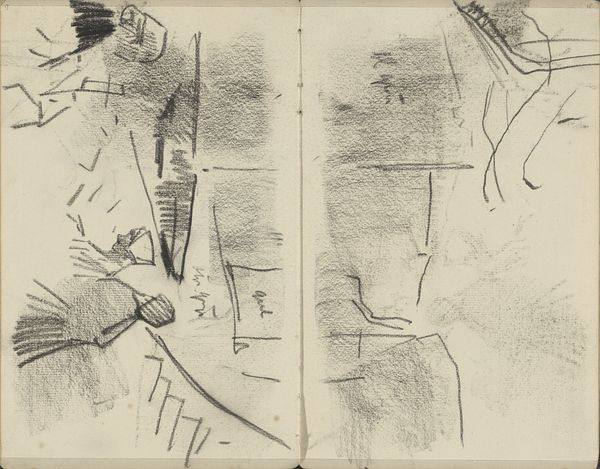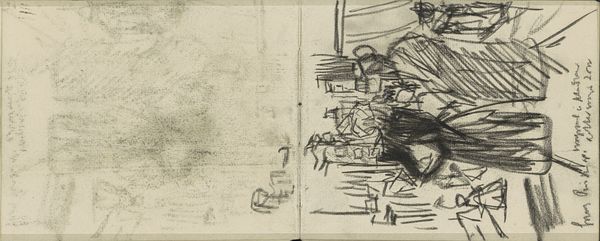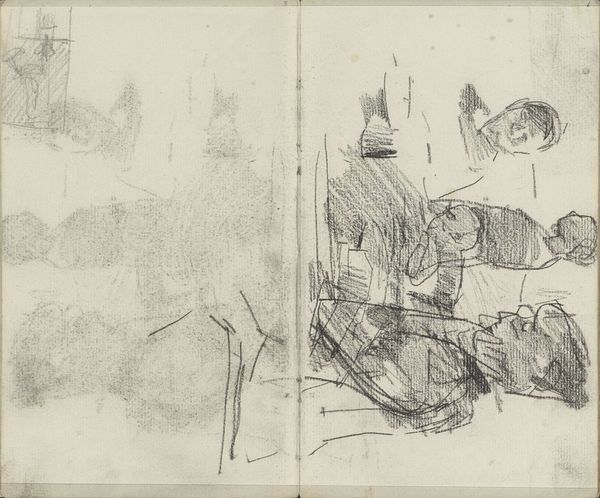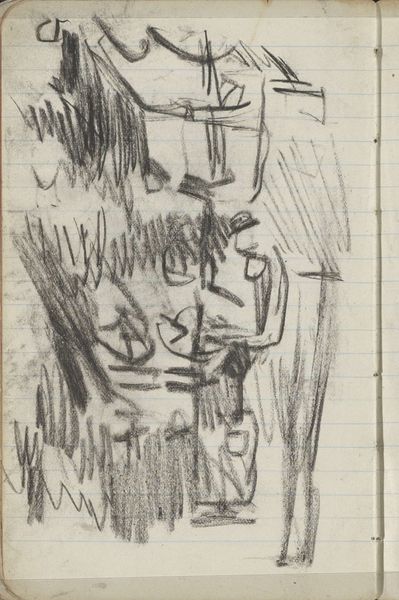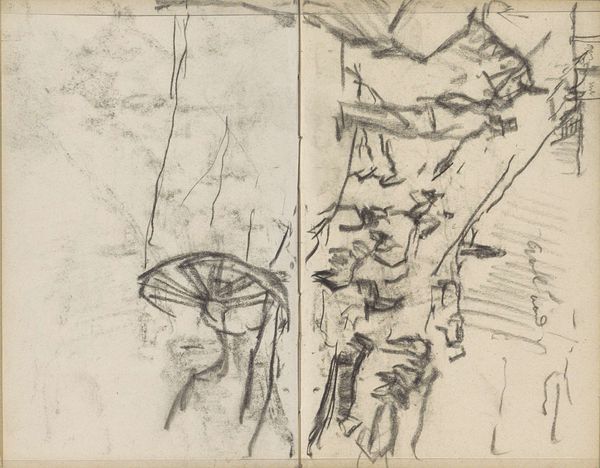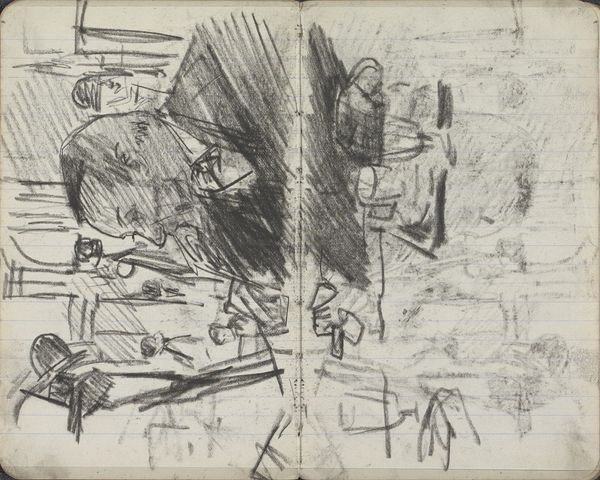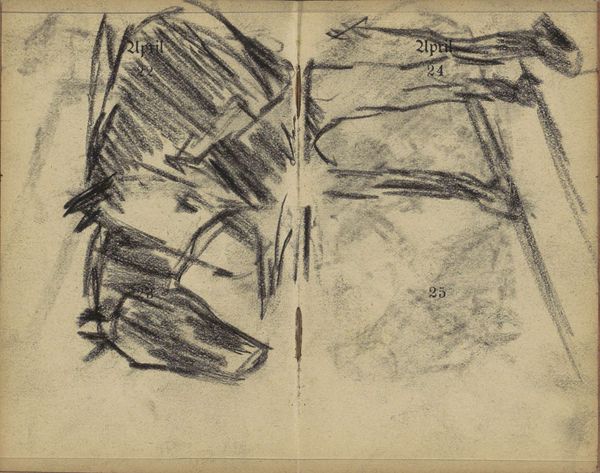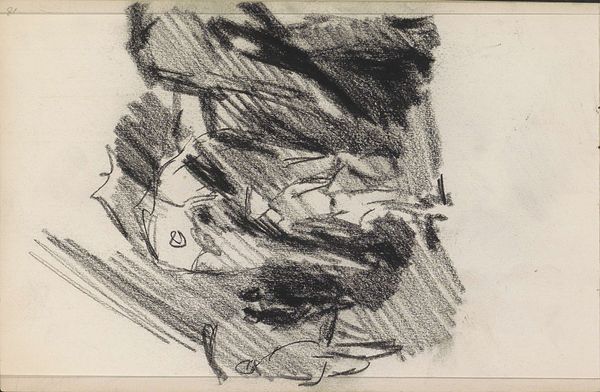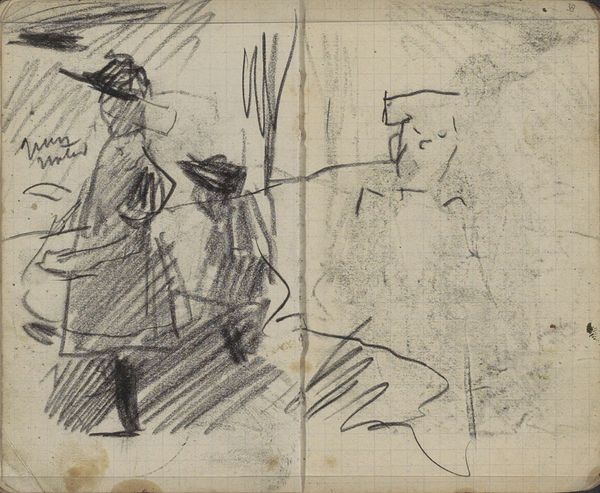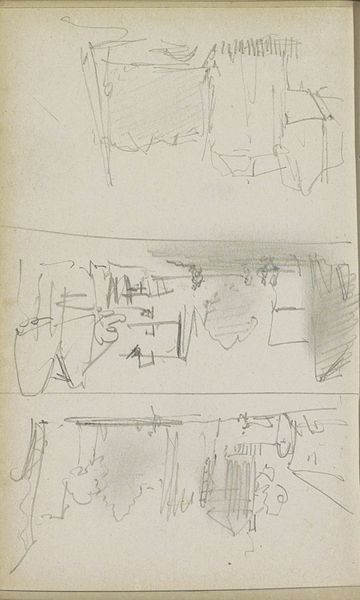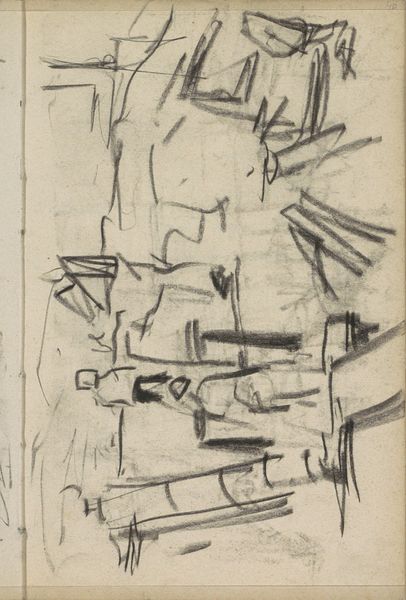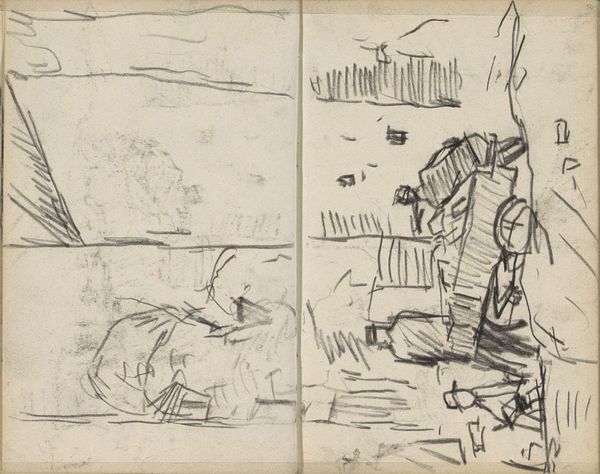
Copyright: Rijks Museum: Open Domain
George Hendrik Breitner made this sketch of a pollard willow, possibly, in the Netherlands at some unknown date. The pollard willow tree, with its distinctive crown, has been a Dutch cultural symbol for centuries. It is so common in the Dutch landscape that it seems natural, but it is actually the product of centuries of human intervention and management. These trees were often planted along field boundaries and waterways, and their branches were harvested regularly for firewood, basket weaving, and other uses. The regular pruning encourages the growth of a dense head of foliage, creating the tree’s characteristic shape. As a result, they became closely associated with the Dutch rural landscape and its agricultural traditions. We can read Breitner’s sketch, therefore, as a comment on Dutch cultural identity and the relationship between humans and nature. Art historians can explore this by researching the agricultural practices of the Netherlands and by studying depictions of the Dutch landscape in art and literature. In this way, we can see how art reflects and shapes cultural values.
Comments
No comments
Be the first to comment and join the conversation on the ultimate creative platform.
